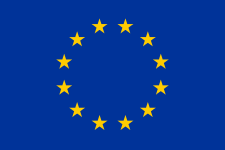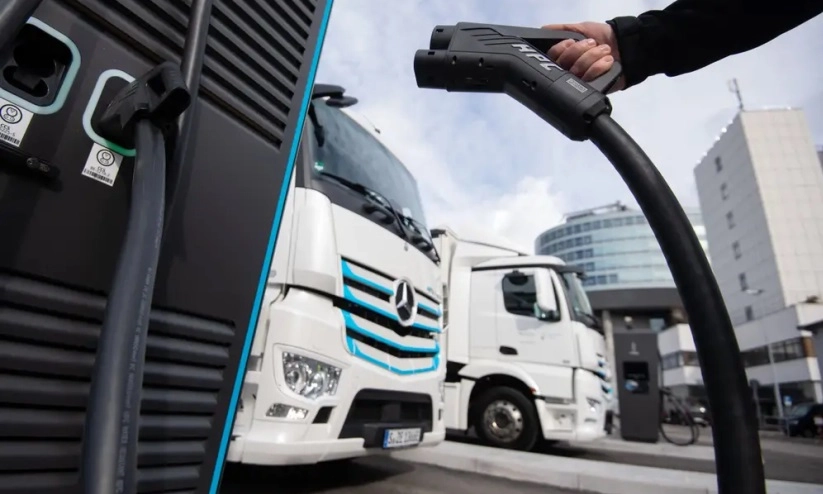It is expected that by 2030, at least 50 per cent of new trucks in the European Union (EU) will be electric.
While only 4,000 units were registered in 2022, it is anticipated that this number will grow exponentially over the next six years, reaching 600,000 vehicles.
This estimation comes from Daimler Truck, Traton Group, and Volvo, as reported in the Arthur D Little consultancy’s study.
However, despite doubling or even tripling sales in recent years in some countries, only one per cent of fleets in the EU are zero-emission trucks at present.
Some countries are still lagging behind in the transition to electric trucks.
Italy, for example, the fourth most populated country in the EU with over 60 million inhabitants, showed a 323 per cent increase in 2023 with 72 units compared to the previous year when only 17 were registered.
Nevertheless, these figures represent only 0.3 per cent of the total heavy vehicle fleets in the nation, indicating a relatively low share within the EU context.
One of the obstacles linked to the development of zero-emission heavy transport is related to the characteristics of their batteries.
Trucks are constrained by the maximum weight of energy packs and the available space for them, according to a report from market researcher IDTechEX.
The study also notes that only ten percent of trucks on the road are medium and heavy-duty vehicles. However, these contribute 40 per cent of greenhouse gas emissions in the sector.
This suggests that electric trucks are necessary to decarbonize road freight transport.
Therefore, last year, the European Commission proposed an update to the EU’s CO2 regulation for trucks and buses.
According to this revision, new units must reduce their carbon emissions by 90 per cent by 2040.
Urban buses must be zero-emission by 2030.
Since the goals apply only to new vehicles, emissions from the total fleets are expected to decrease more slowly as used units continue to be in activity.
How does this regulation influence efforts to achieve each country’s goals?
Cambridge Econometrics, a research consultancy, conducted three studies on Italy, Poland, and Spain, which represent seven percent of total emissions.
According to the analysis, total emissions in the trucking sector would only decrease by 28 per cent in Poland and 31 per cent in Italy and Spain by 2050, following the 15 per cent and 30 per cent emission reduction targets.
These data highlight that the Commission’s goals would be challenging in some cases, and achieving them will not be an easy task.
The President of DAF Trucks to lead the bus and truck sector
Harald Seidel, President of DAF Trucks, was elected Chairman of the Commercial Vehicle Board of the European Automobile Manufacturers’ Association (ACEA) for this year.

Seidel was chosen by the members of ACEA’s Commercial Vehicle Board, which brings together CEOs from DAF Trucks, Daimler Truck, Ford Trucks, Iveco Group, MAN Truck & Bus, Scania, and Volvo Group.
He will replace Martin Lundstedt, CEO of Volvo Group, who held the position for the last two years.
“The entire ecosystem of heavy-duty transport in Europe requires a rapid transformation, involving efforts from a wide range of public and private actors, not just truck manufacturers,” warns Seidel.
“We are playing our part by investing billions in zero-emission battery-electric and hydrogen-powered trucks, and this is already paying dividends for Europe’s green transition,” he adds.
Beyond CO2 targets, there is much on the truck manufacturers’ agenda for 2024: Euro 7 will require significant efforts; the Directive on Weights and Dimensions is pending; and new data rules are on the horizon.







